Charred Cabbage, Elderflower Fizz & Musings on a New Season
summertime, and the cooking is easy ✨
Allô! 👋
Welcome (back) to good food at home, the monthly-ish newsletter featuring simple, seasonal, and sustainable meals, tips, and ideas. For more recipes, cooking Q&As + access to the full archive, consider joining the community of readers who support the newsletter by also subscribing to seasonal sundays, the supplement that focuses on fresh produce at its peak!
The longest days of the year are here.
In Oslo, from where I write, the sun is up by 4AM (though the light never truly fades at night) and barely dips below the horizon by 11PM before rising up to begin a new day again.
This means you can sit by an open window with a book long past your usual bedtime, the dim light still bright enough to read by, or rise far earlier than would seem sensible nearly anywhere else on Earth to go out and explore the quiet streets and empty trails.
For me, this luxury of extra time made June a month all about noticing smooth and slow transitions.
As late spring turned to early summer, I watched tiny green cherries grow larger, then redder, then redder still. I noticed fragrant roses and peonies unfurl their petals to the delight of insect and human passersby alike; witnessed grasses and wildflowers become taller, brighter, thicker, more unruly by the day; and, one by one, observed nesting swans welcome their teeny tiny young into this world.
In nearby parks, the fruits grow and mature, all small and green at first, slowly ripening one by one and each on their own time into their respective flavours, sizes, shapes, and hues — purple gooseberries, red currants, blackcurrants, yellow plums, red-green pears, dark red cherries, golden apples.
Meanwhile, the elderflower shrubs that proffered a few shy umbels at the start of June now seem to have reached a frothy crescendo and come into full boisterous bloom.
At home, while the pea shoots I keep on my windowsill have only timidly started to blossom (they make the most adorable little white flowers!), the mustard greens I planted on my balcony bolt joyfully, sending up exuberant spires of yellow flowers almost every single day (which I happily pick and eat while they’re still bright with morning and warm from the sun).
There’s a softness to it all, even as everything leans towards abundance.
Despite the growing explosion of flowers, fruits, and vegetables in increasingly saturated hues (many of them in assorted tones of pink and yellow), for now, most things are still various shades of green.
June, indeed, was a very green month.
While radishes, lettuces, and tender herbs were near-exclusively the local produce du jour at the start of the month, a brief parade of assorted seasonal delights marched its way through farm stands and specialty shops alike as June unfolded: first, asparagus, rhubarb, new potatoes, strawberries, green garlic, and young cabbages; then the very first carrots, beetroot, fennel, and kohlrabi, each new arrival a small celebration.
Although late spring and early summer do not offer everything at once — in fact, they never try to — what they do bring is usually tender, sweet, joyous and new, full of promise for the summer bounty to come.
Already now, the first zucchini blossoms have just made their appearance, and so too have little greenhouse tomatoes and cucumbers.
The great abundance of high summer is near — you can feel it in the changing light as the outstretched days begin their great inward contraction — an ever-salient reminder that now is the moment to savour what’s ripe, what’s fleeting, what’s perfectly in its prime before the moment has gone.
Yes, signs of the shifting season are everywhere.
Across the city, parks and beaches are filled with folks eager to bask in the sun — simply to tan, to read, or to enjoy a meal out of doors, leisurely, alone or in good company. The fjord brims with eager swimmers, dippers, kayakers, and paddleboarders. Paths and trails abound with avid and amateur cyclists, joggers, frolickers, and roller-skiers alike, some with lolloping children and dogs in tow, all making the most of a season well-spent outside and in nature as much as one can physically muster.
Summer is truly a season best lived outdoors.
As the season shifts, I know that so too will my cooking. With warmer air and longer days, meals stretch out, grow lighter and more abundant, less fussed over. The urge to stand by a steaming stove or roaring oven is replaced by a pull towards merely washing, chopping, dressing, and assembling — not quite cooking (though oftentimes the allure turns toward stepping outside so as to cook over coals or flames instead), and yet, it is still such an exciting time to be in the kitchen. The sheer abundance of fresh new produce makes it blissfully easy to turn out something utterly delicious without much effort at all (the real exercise in is shopping well), arriving at simple yet joyful combinations worth repeating again and again, until either the season or our appetite for them run out, savouring summer ‘til the very last bite.
In this June issue of good food at home, in addition to an overview of fresh foods currently at their peak of seasonality, you'll find some recipe inspiration from the newsletter and website, as well as two updated recipes for making the most of early summer, and — as always — a few parting links as food for thought.
ㅤ
Wishing you all a deliciously abundant July,
👋 simone
ㅤ
P.S. Like the newsletter? Leave it a ♥️ or share this post to help it grow!
it’s early summer: what’s in season? 🐝
At this point in the year, we stand at the cusp of near-overwhelming abundance.
Early summer is not quite the time for cornucopias filled with fresh, juicy fruits of every shape, variety, and size; nor is it yet the season of giant (sometimes overly large) vegetables in every shade, flavour, and texture; of resplendently fresh pods of swollen peas and soup beans, eager to be shelled; or of fragrant, newly-gathered seeds, ready to be dried for spice or stashed away for next year’s plantings.
Early summer, instead, is a tantalising appetiser for what’s to come.

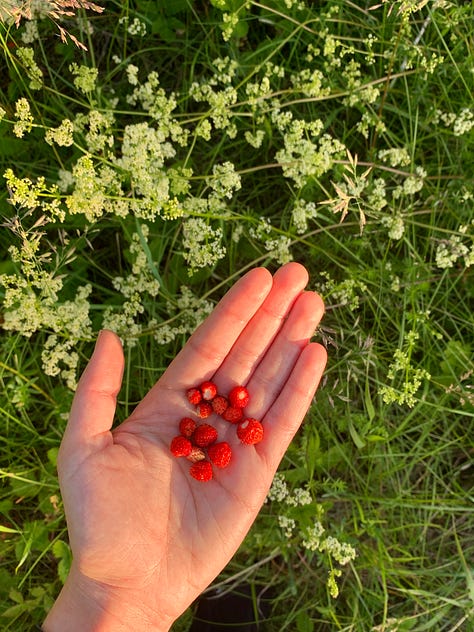

ㅤ
If you ask me, I’d say now is a good time to start getting into the good habit of sampling and savouring at least one new peak-season item every week because, very soon, you are quite likely to find yourself swept up into the fantastic balancing act that is trying to keep up with the upcoming season’s prolific avalanche of harvests.
Below, some early-season, peak-season, and late-season fresh produce to look for and enjoy in early summer:
Late season
arugula
spinach
baby radishes
asparagus
artichokes (though they often peak again in the fall)
spring alliums, like green garlic and green onions
baby lettuces
mustard greens
pea shoots and tendrils
chive blossoms
Peak season
cultivated strawberries
new “baby”, or early, potatoes
zucchini / courgette flowers (blossoms)
garlic scapes
turnips
gooseberries and jostaberries
mature lettuces
sweet sugar snap peas and garden peas
fava beans / broad beans
pak choi / bok choy
thyme flowers & sweet alyssum
fig leaves
fresh mint, sage, lemon balm, shiso (perilla), parsley, coriander, and other tender herbs
Early season
red currants and blackcurrants
immature “baby” zucchini / courgettes
young beetroot and carrots
new season brassicas like kohlrabi and summer cabbage
early stone fruit like apricots and cherries
slender fennel bulbs with big frilly fronds
young summer alliums
young kales and tender Swiss chard of all colours
little greenhouse tomatoes, cucumbers, and basil
nasturtium flowers
oregano flowers
chamomile
thyme, oregano, rosemary, lavender, bay
Some of you may also already be able to forage elderflowers, wild strawberries, yarrow, linden flowers, pineapple weed, mulberries, beach roses, fireweed, borage flowers, saskatoon serviceberries (juneberries), and/or red clover blossoms — just to name a few, among many early summer goodies.
Just don’t forget: be safe, pick responsibly, and aim to enjoy your finds with reverence (and a little bit of awe) if you can!
early summer recipes ☀️
While your early summer might call for serious thirst-quenching, heatwave-quelling, heatstroke-soothing foods and drinks, it may just as well involve soaking up all the sunshine you can get (my local forecast for the first week of July is nothin’ but rain), feeling thrilled by a warm-ish breeze that actually doesn’t give you a chill for once, and looking forward to steaming hot meals that can keep you nice and toasty on those rare sunny evenings you decide to brave a bit of breezy al fresco dining.
With that in mind, I hope the recipes below inspire you to make the most of your own transition into summer, be your seasonal weather scorching, torrential, balmy, dry, or something somewhere in between.
Recipes marked with a 👋+ are for paid subscribers only, though each paid post contains content available for all to read!
garlic scape, roast garlic & thyme focaccia ✨
A crisp salty sourdough loaf punctuated by bursts of herby, garlicky goodness is a lovely way to start the season. Perfect for tearing and sharing, too.
ㅤ
a rhubarb (and wild strawberry) white chocolate macadamia nut cookie 🍪
Beyond being a lovely excuse for baking and sharing a seasonal treat with people you care about (this includes you!), these cookies also offer a nice dose of nostalgia for anyone who grew up relishing the classic white chocolate chip macadamia nut cookie.
ㅤ
fresh fava pea soup 🍵
Enjoy this one hot or cold, depending on your local forecast — either way, it’s a delightful way to savour fresh peas and broad beans while they’re still at their peak!
ㅤ
a strawberry & fig leaf (and/or lime) semifreddo 🍧
Basically a no-churn ice cream. Ridiculously refreshing, fragrant, and delicious. And don’t be thrown off by the use of fig leaf if you can’t find it — its sweet coconutty aroma can happily be replaced with the vivifying verdant zing of a fresh summer lime.
for more:
charred cabbage with smoky tahini
🔥
This is actually a twist on a dish that we often make in the winter with winter cabbage, but it is suited beautifully to the warmer months as well.
In the winter, one douses a sturdy dense cabbage in butter and lets it slowly char in the oven, first under under the broiler and then using even heat, for an hour or so, rotating and basting it in its own buttery juices as it gets crisp and soft all at once.
In the summer, a grill or cast iron skillet works a charm for a more tender variety of brassica (and gives you a similar result a lot faster). Pair with a smoky tahini sauce and the sweet crunch of raw almonds, and you've got yourself a fabulous side dish.
CHARRED CABBAGE WITH SMOKY TAHINI SAUCE AND CHOPPED ALMONDS
serves two as an appetiser or side dish
INGREDIENTS
FOR THE CABBAGE
• ½ a pointed cabbage or any other green summer cabbage
• ~3 Tbsp extra virgin olive oil
• ~6 Tbsp butter
FOR THE TAHINI DRESSING AND ALMOND TOPPING
• ~2 Tbsp tahini
• ¼ tsp garlic powder
• ¼ tsp onion powder
• ¼ tsp powdered smoked chipotle or smoked paprika
• ½ lemon or 1 lime for its juice
• ~ 2-4 Tbsp water
• ½ tsp honey
• ~ 2 Tbsp extra virgin olive oil
• 1 pinch sea salt
• ~ ¼ tsp freshly cracked black pepper
• ~ 6 almonds
note: there are approximate symbols all over this recipe because it is very much a no-recipe recipe — observe, taste, adapt and adjust! this will give you a better result than even the most precise of exact measurements
METHOD
1. Start by heating up a cast iron skillet, carbon steel pan, or well-preheated stainless steel frying pan large enough to accommodate your cabbage. You want the heat to be high, but not at its hottest. Add a drizzle of olive oil to the pan when it's still cool (about 1.5 Tbsp) and as soon as it begins to smoke, you'll know the pan is hot and ready to receive the cabbage.
2. While the pan heats, slice the cabbage half in half lengthwise, through its tough core (you want to keep the core intact here so it holds the leaves together, but it'll be too tough to eat once cooked). Remove any outer leaves that look damaged and trim a sliver off the bottom, plus any other bits you'd rather not eat.
3. Once the pan is hot, add in around 2 Tbsp of butter, give it a swirl, then carefully lower in each cabbage quarter with one of its cut sides face down.
Let each cabbage face sear until it looks dark brown and caramelised before turning it over to the next face, adding in a bit more olive oil and butter as you go if necessary.
4. Once both cut faces of each cabbage quarter are nice and charred, reduce the heat to medium-low and turn each piece so that they're both on their "back" (i.e. the long, slightly rounded, uncut side of the pyramid). Leave to slowly cook while you make the tahini sauce. By the time you're done, each piece should be perfectly tender all the way through and nicely browned (even crisp!) on the edges.
5. To make the tahini sauce, combine in a small bowl: two tablespoons of tahini, a quarter of a teaspoon each of garlic powder, onion powder, and smoked chipotle or paprika. Squeeze in the juice of half a lemon, or most of a lime, and stir.
Next, add in a little bit of water at a time, approximately 4 tablespoons' worth (start with 2 Tbsp), stirring as you go. The paste will thicken before it loosens up, so don't lose hope and just keep stirring. You want a consistency that is runny enough to be pourable, without being so thin that it can't cling to the cabbage.
Add half a teaspoon of honey and 2 tablespoons of olive oil to the sauce, season with salt and pepper, and give it a taste. Adjust if necessary with any of the ingredients already used.
6. Chop up a mini handful of almonds into small but unevenly-sized almond "crumbs" — large enough to still add texture and crunch, but small enough not to have to be chewed more than once.
7. Assembly time! Spoon out enough of the tahini sauce onto a plate so as to cover most of its bottom, then carefully transfer the charred cabbage onto the plate. Top with the chopped almonds and enjoy! Any leftover sauce can be served in a small bowl alongside the cabbage, for people to spoon extra over their portion if they'd like.
Psst... if cabbage isn't your thing, do try this out with cauliflower sliced into thick "steaks"!
bonus: what to do with elderflower 🥂
Elderflower isn’t easy for everyone to find and, even if you do find some, it’s not always obvious to know what to do with it.
The first time I noticed an elderflower hedge in a free-to-forage area, I couldn’t believe my luck. It was early morning — the perfect time for picking — and, upon closer sniff, the blossoms released an intoxicatingly sweet and tropical aroma that I can only describe as an entrancing and enticing mix of peach, pear, and lychee.
I gingerly picked two large flower heads out of the many lovely ones on the shrub, and immediately took great care to bring them home as heedfully as I could muster, so as to not bruise or squish or blemish them in any way.
Great. Now what?
I now know that some of the best things you can do with freshly-picked elderflower heads are to:
a) barely cover them in cool water and simply let them steep for up to a day for a refreshing infused water that you can spritz on your face or use to make an elderflower syrup, or
b) gently push a few flower heads into white wine or cider vinegar — leave to steep for at least a week, and you’ve got yourself some elderflower vinegar, or
c) pour some cooled sugar syrup over them for a 24-hour elderflower cordial (note that if you want a cordial that keeps for months rather than days, you’ll need to get more scientific and pull out the citric acid), or
d) as described below, let them ferment for a few days into a naturally fizzy soda.
The teeny tiny individual flowers also make for cute decoration on cakes and other desserts, though you should know that it is not recommended to consume elderflower unprocessed and/or raw.
A NATURALLY FERMENTED ELDERFLOWER SODA
makes as much as your harvest will accommodate!
INGREDIENTS
• fresh elderflower
• raw honey
• non-chlorinated water
• unwaxed, organic lemon(s)
optional:
• strawberries, lime, mint, and/or ginger
• fresh rhubarb
• fresh apricots
note: as far as I am aware, the method below only works with elderflower, but you could seemingly also replicate it with other blossoms or fruit if you have — or are willing to make — a ginger bug and cannot find any elderflowers near you.


METHOD
1. Do not wash your blossoms when using elderflower — we need its pollen for the recipe to work! Make sure you’ve correctly identified Sambucus nigra and that each blossom has a strong, pleasant scent before picking.
2. Add 1 large or 2 medium umbels (floret heads) per large, clean 1L jar (you can remove each individual flower from the thin green stems, but simply snipping the bigger stalks off with scissors usually suffices).
3. Add 2 heaped tablespoons of raw honey to each jar, along with enough cool un-chlorinated water to cover everything abundantly (around 740mL). Add in the zest and/or juice of a quarter lemon per jar, plus any other flavourful ingredients you might like (fresh strawberries and ginger, or mint leaves with lime zest and juice are two favourite combinations of mine — the addition of fresh fruit also provides natural yeasts that help the fermentation happen faster).
4. Secure a clean cloth over each jar using a rubber band, then leave the jar(s) somewhere warm but out of direct sunlight, where you won’t forget to check on progress. Whenever you pass the jar(s), or at least twice a day, remove the cloth lid(s) and, using a wooden spoon or chopstick, submerge the elderflowers again and give everything a really good stir.
5. Within 3-14 days, depending on room temperature and the amount of natural yeasts present on your ingredients, the mixture will have become nice and fizzy (and potentially slightly alcoholic). Give it a smell. If it looks good and smells good, strain it off through a very fine sieve and enjoy it right away — simply as is, or poured over ice for an extra refreshing drink.
Store in a tightly sealed bottle and refrigerate right away, or cap very loosely and leave at room temperature to continue building fizz for one or two days. Once refrigerated, consume within a day or two.
last, but not least:
the public health corner 🔗
In case you didn’t know, public health is my jam (more on that here, here, and here) — it informs everything I do! And, as always, I like to leave you with a few parting links relating to the topic, as food for thought:
🗒️ ONE ARTICLE
Ultra-processed foods are everywhere — and they’re quietly raising health risks, The Conversation
🎧 ONE PODCAST EPISODE
Professor Michael Crawford: A Life through Food | The Food Programme
📘 ONE SHORTER SUMMER READ
Pandora's Lunchbox: How Processed Food Took Over the American Meal, by Melanie Warner
📔 ONE LONGER SUMMER READ
The Bottom Line Or Public Health: Tactics Corporations Use to Influence Health and Health Policy, and What We Can Do to Counter Them, edited by William H. Wiist
(I especially encourage you to look for this last one at a(n online) library, it’s pricey!)
p.s. I always have a hard time just picking one of each so, in case you're interested, there's plenty more where that came from!
If you enjoyed this post, please do kindly leave it a ❤️ or a 🔄 (this helps make it more visible so others like you can find it too). Thank you!
That's all from me this month — see you in the next newsletter!





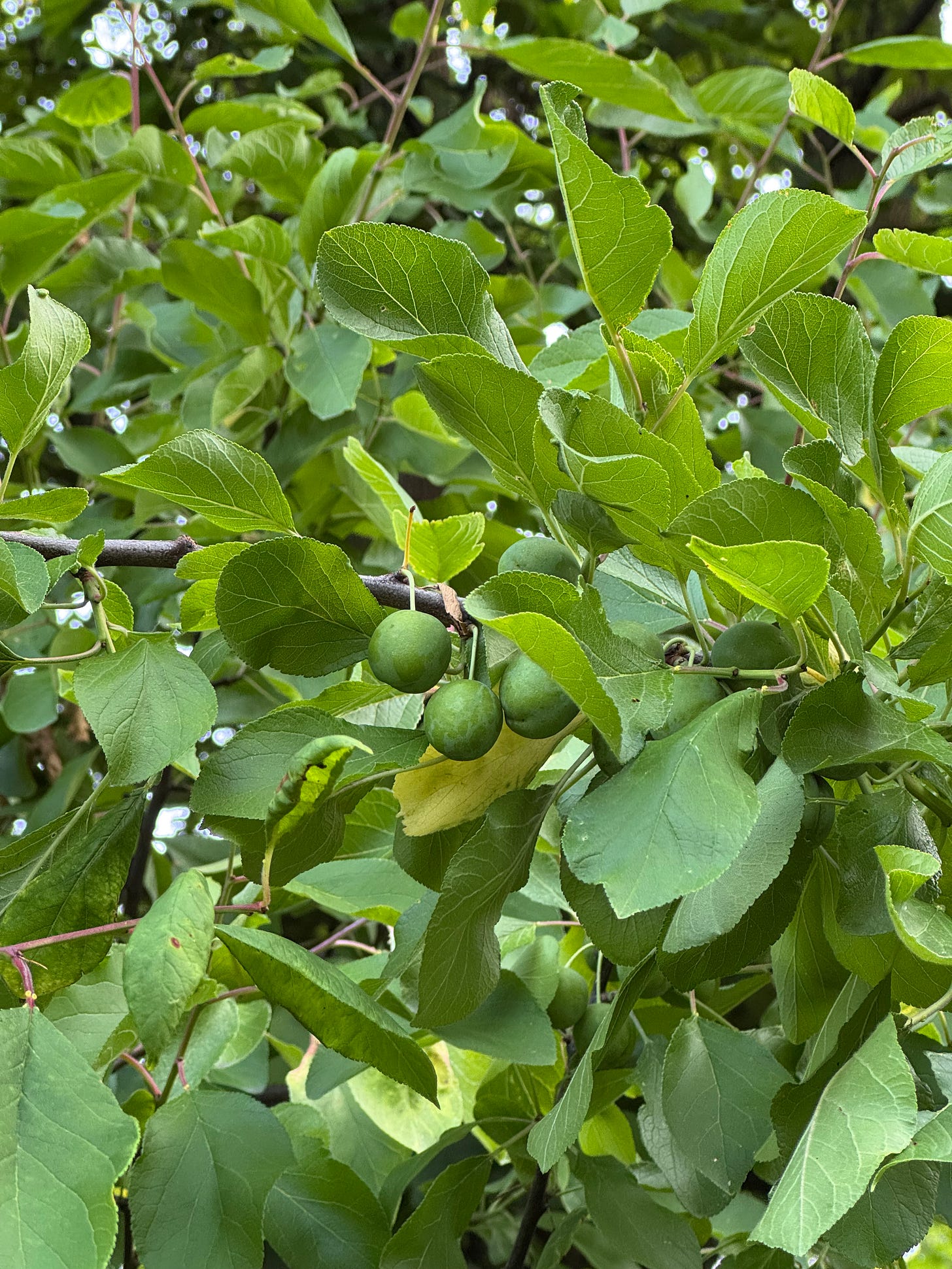
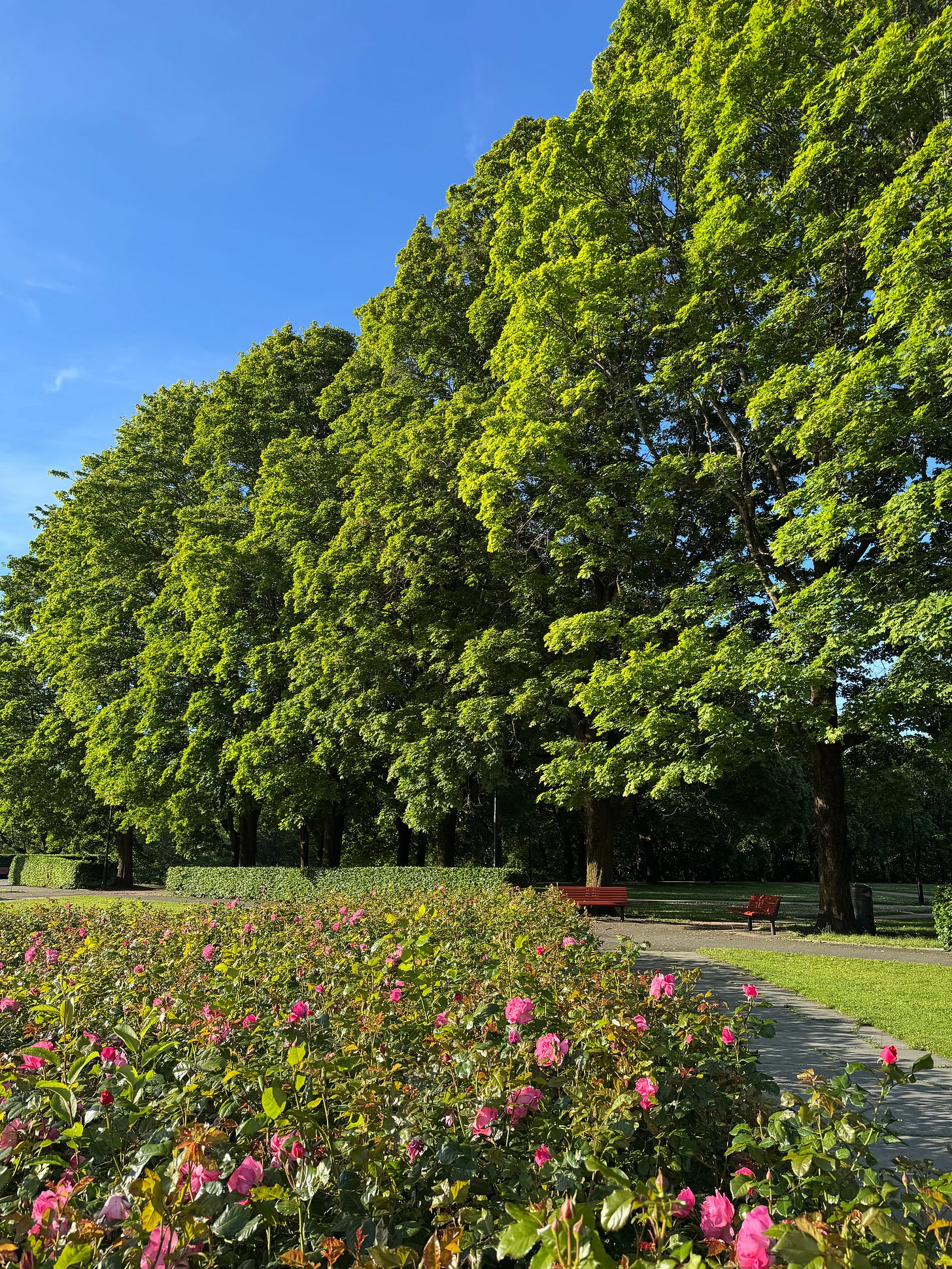

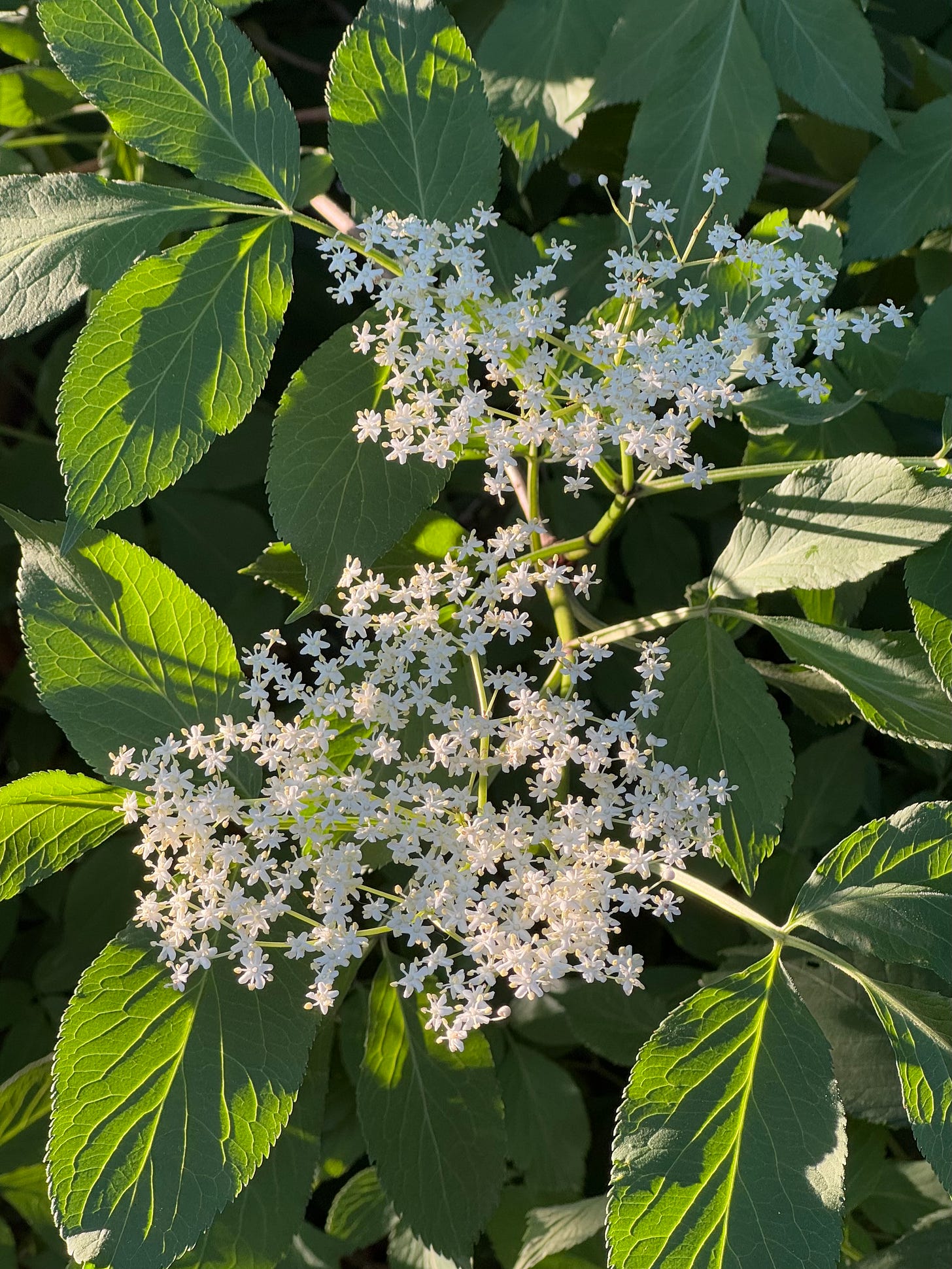
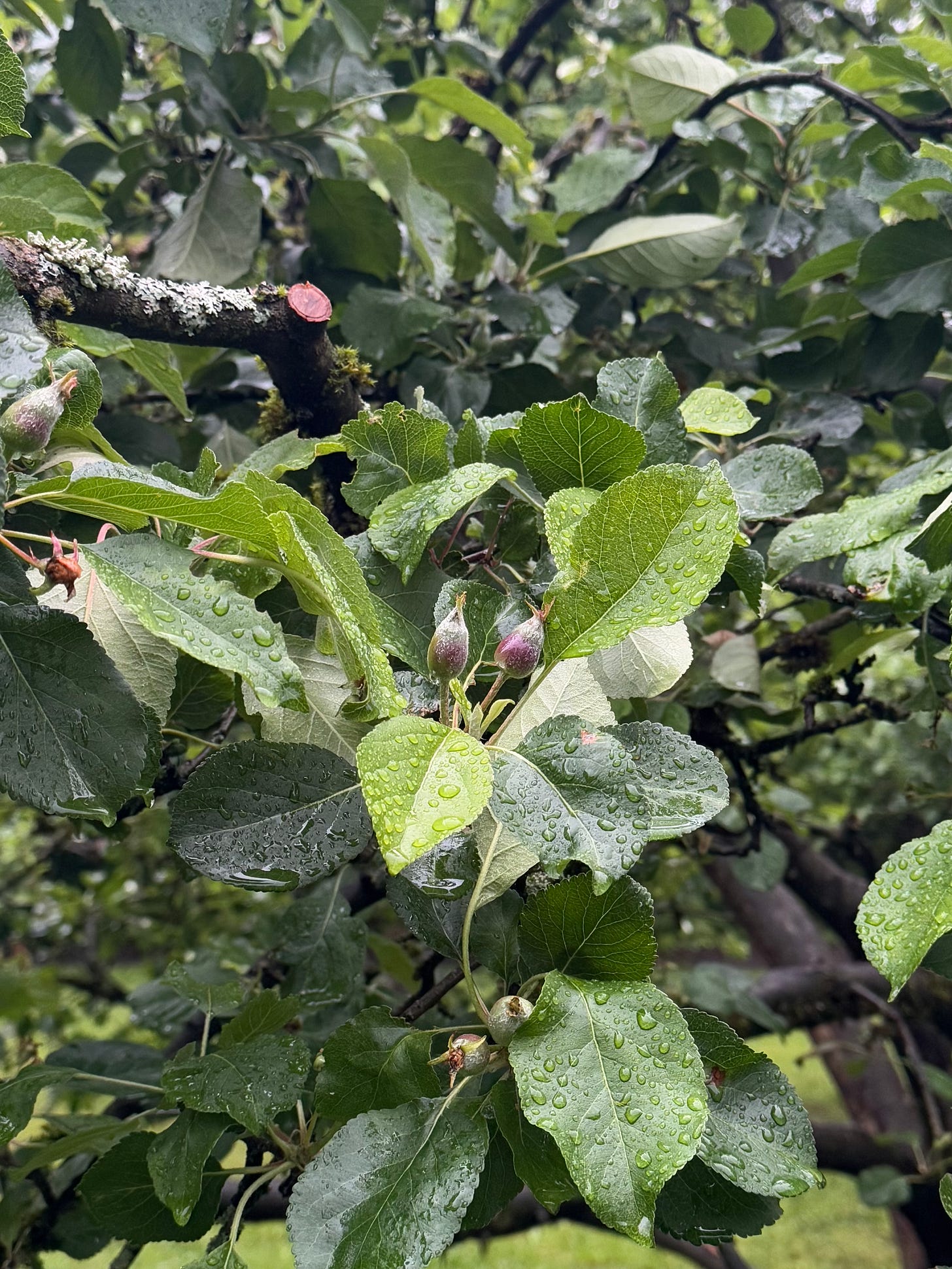

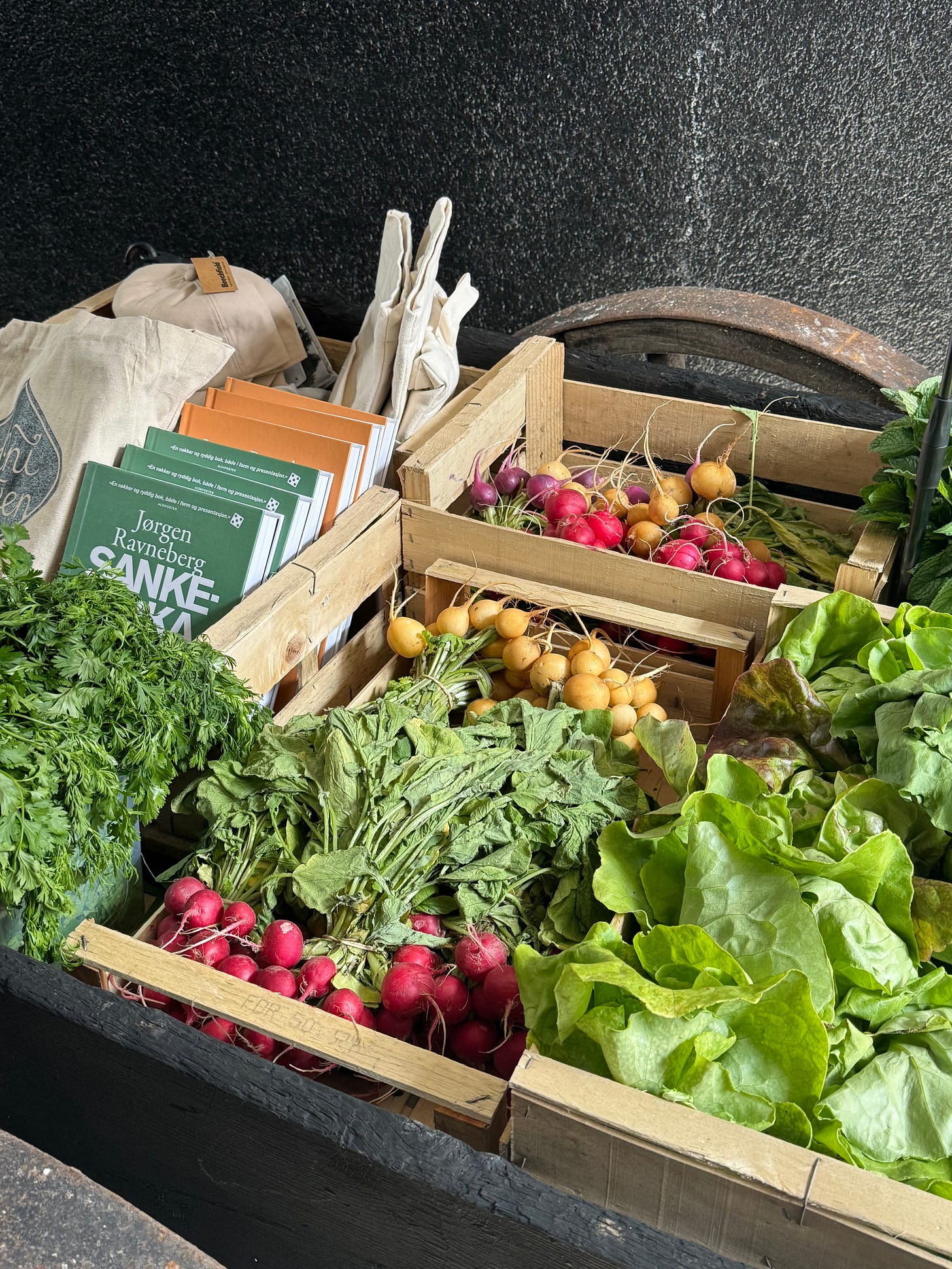

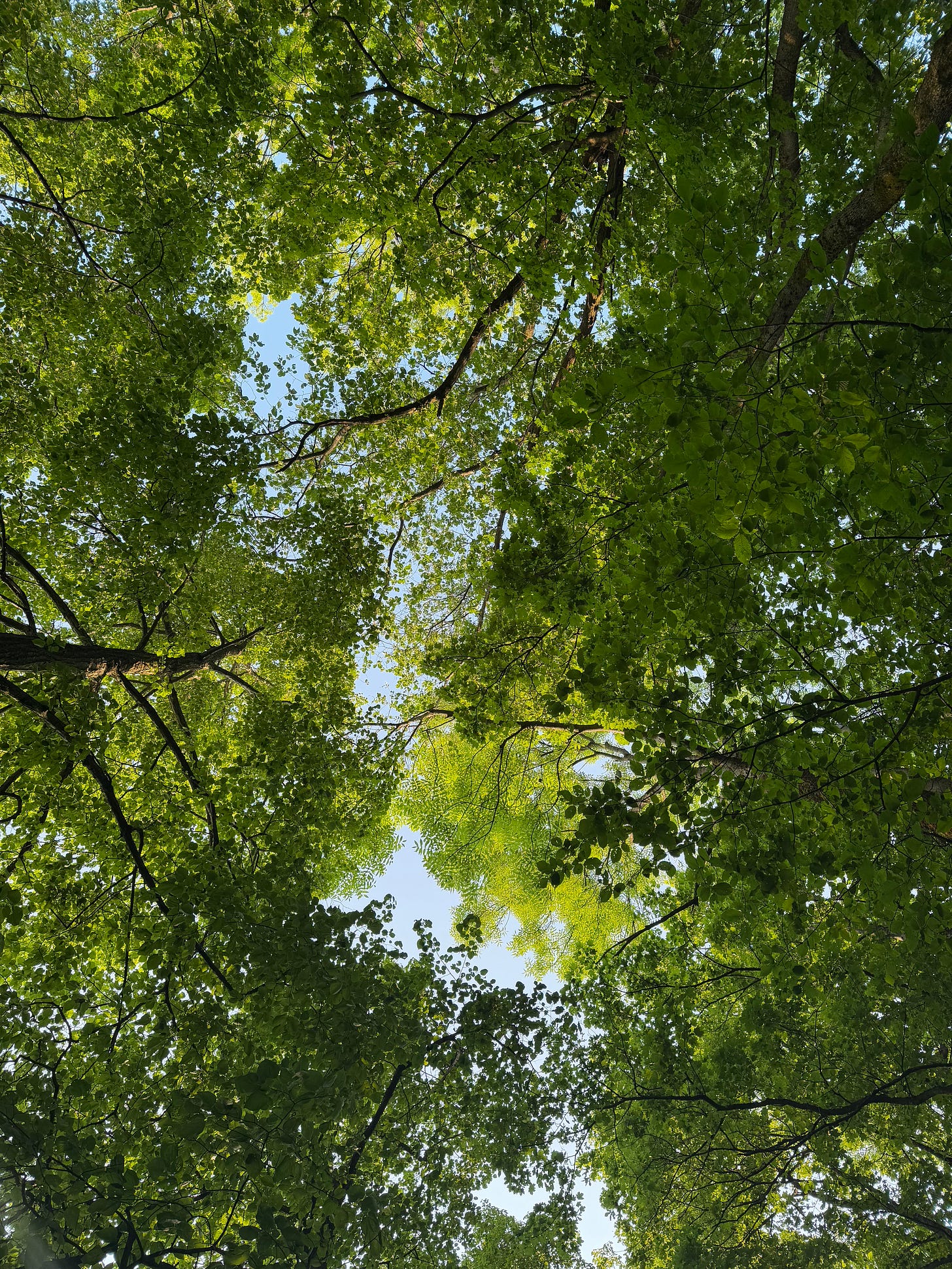

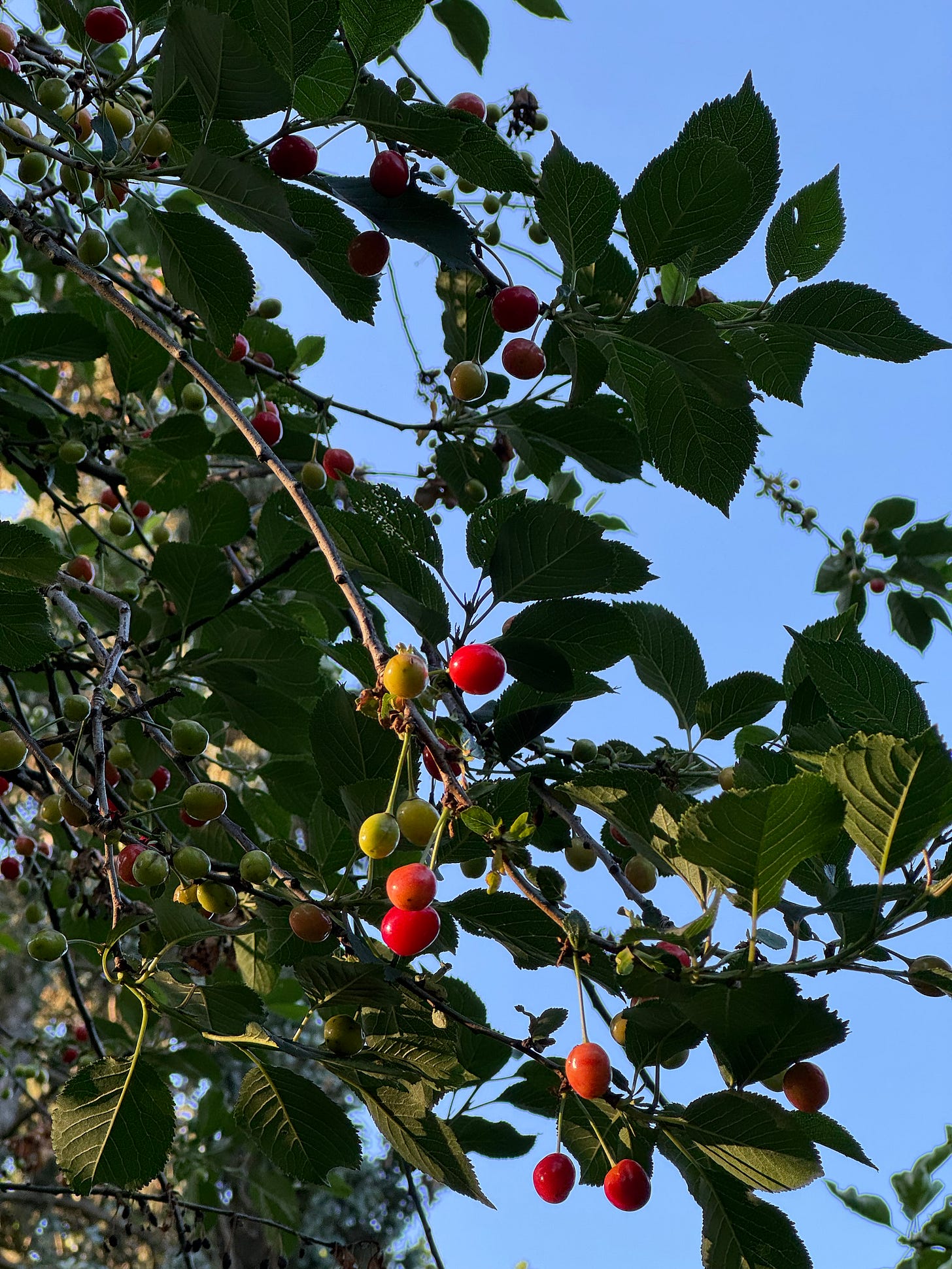
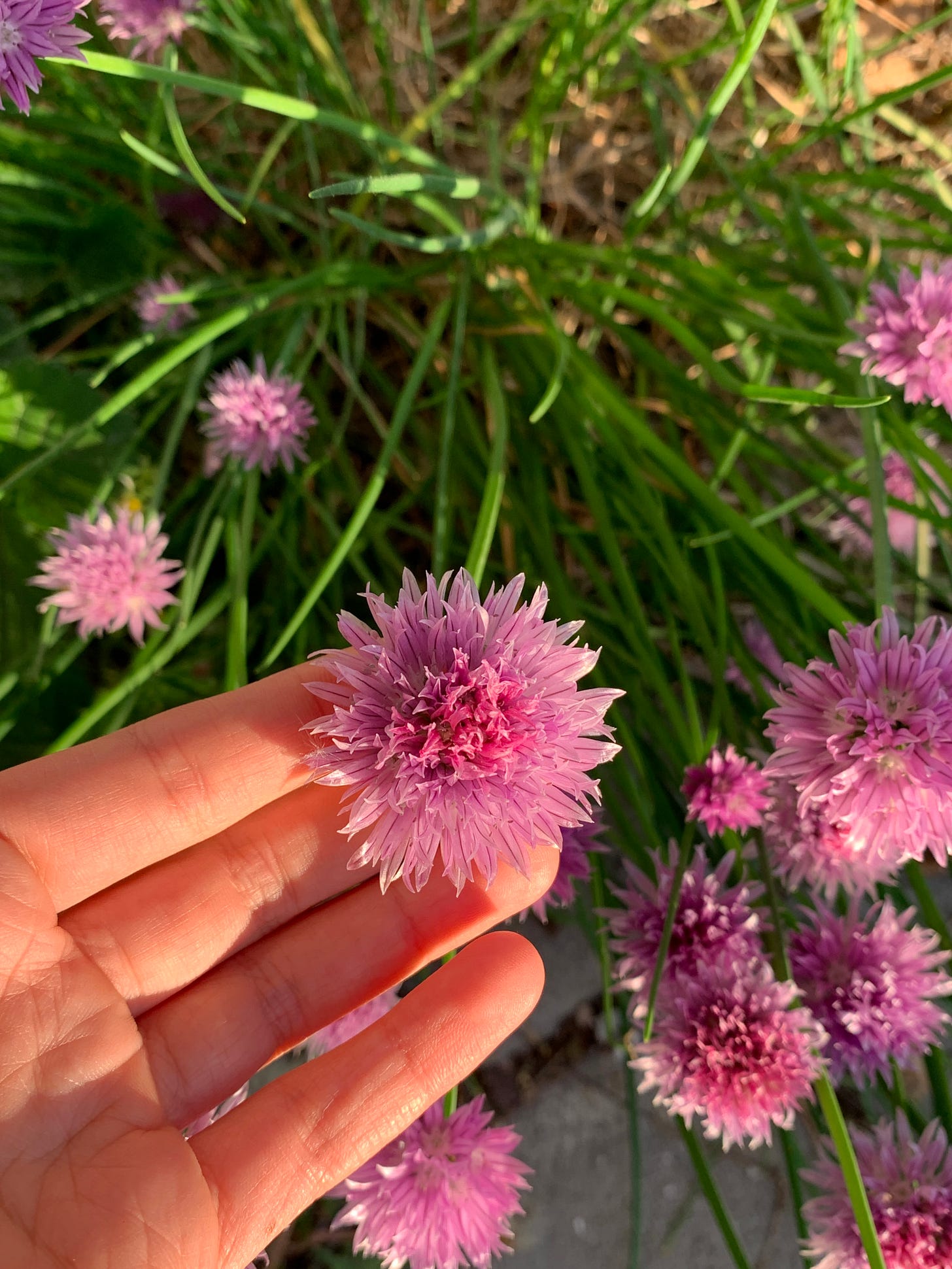
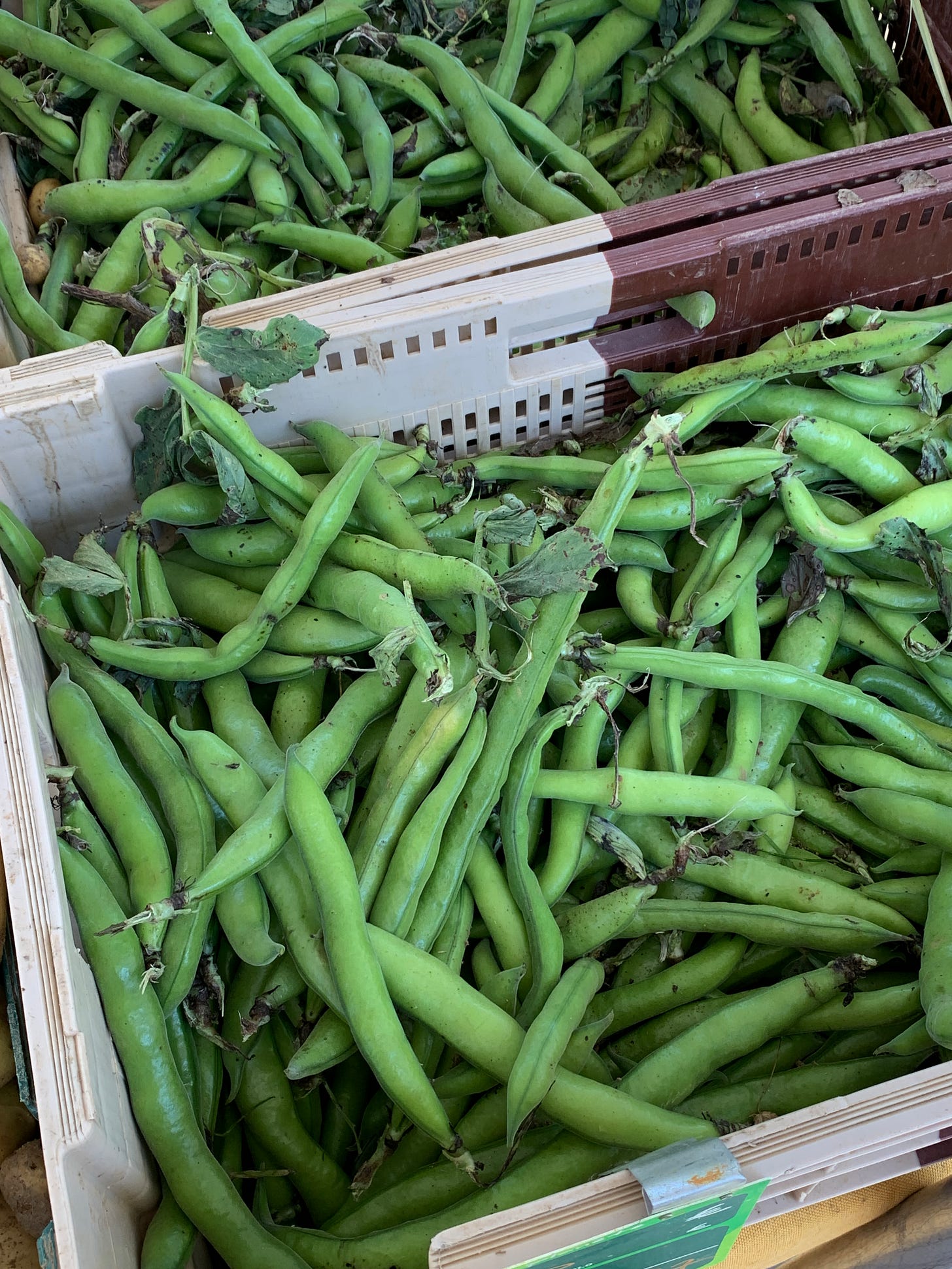
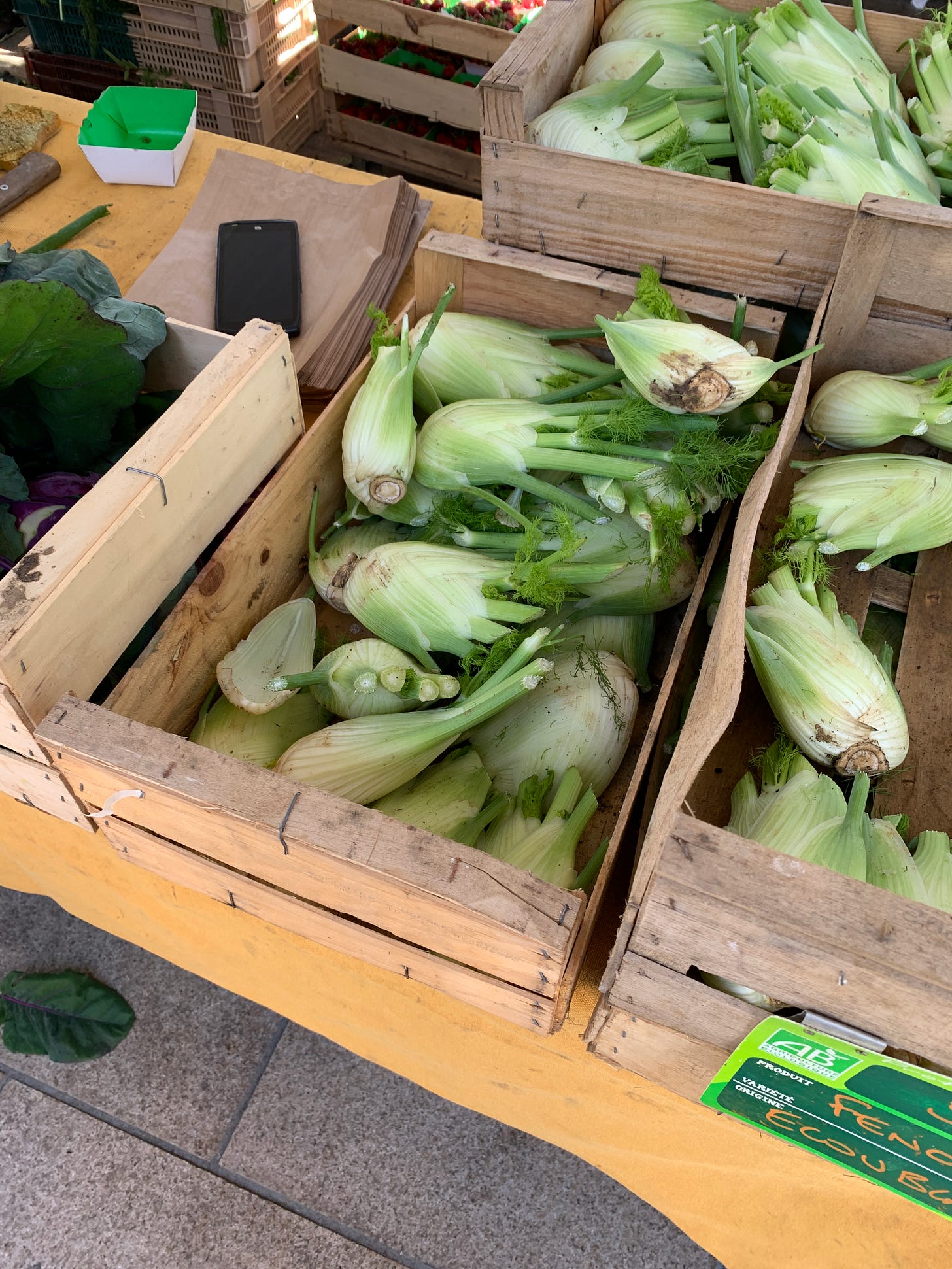
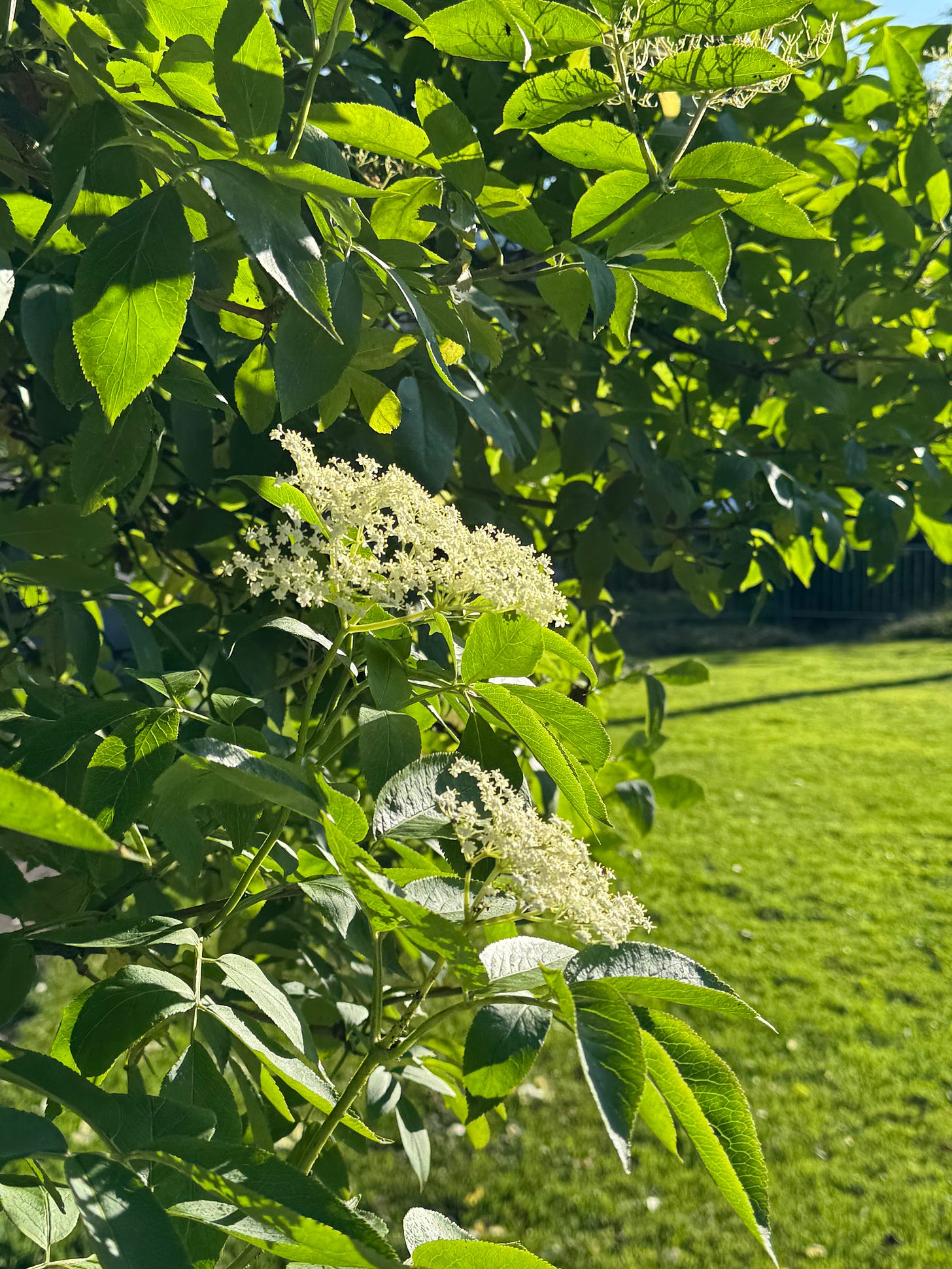

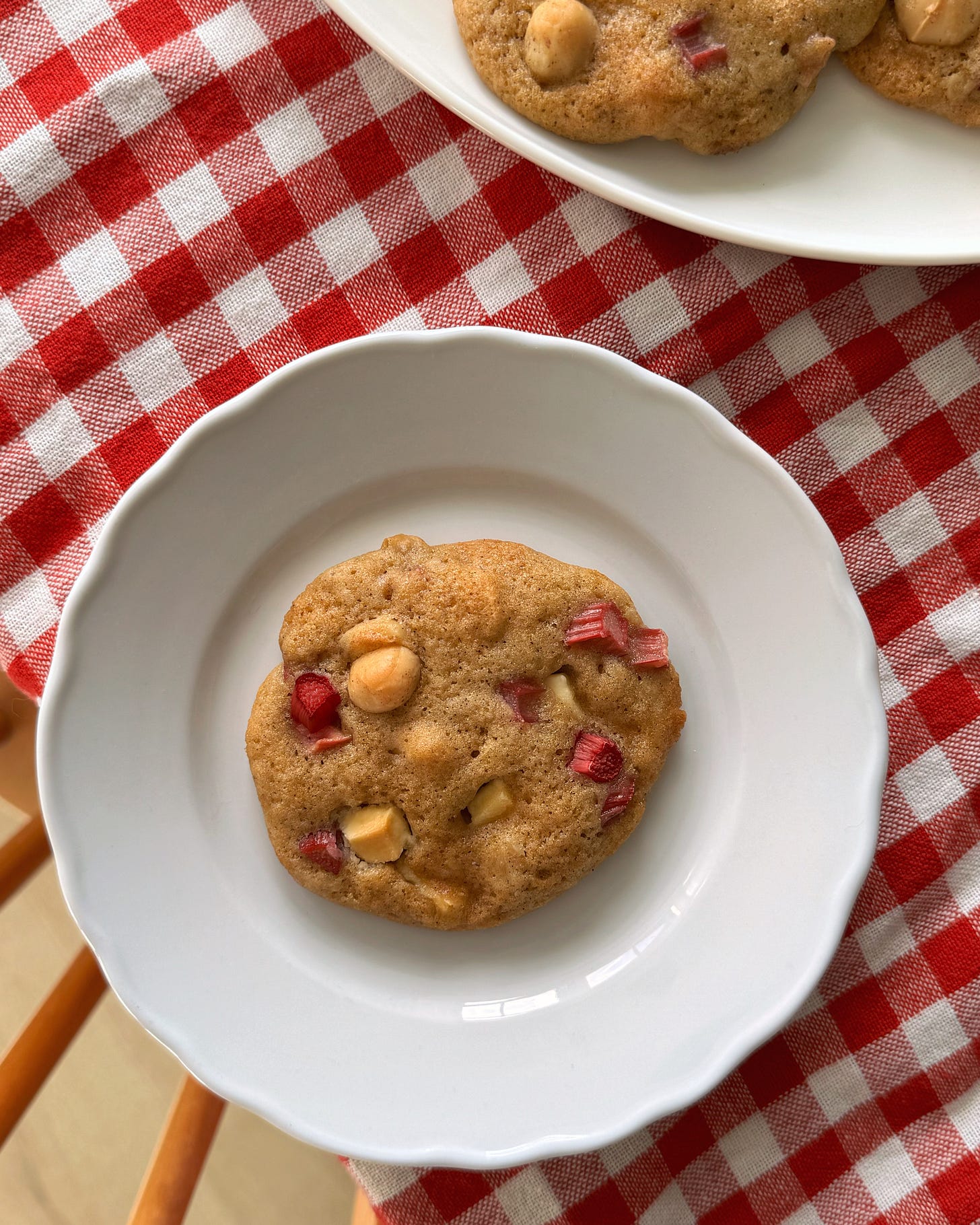






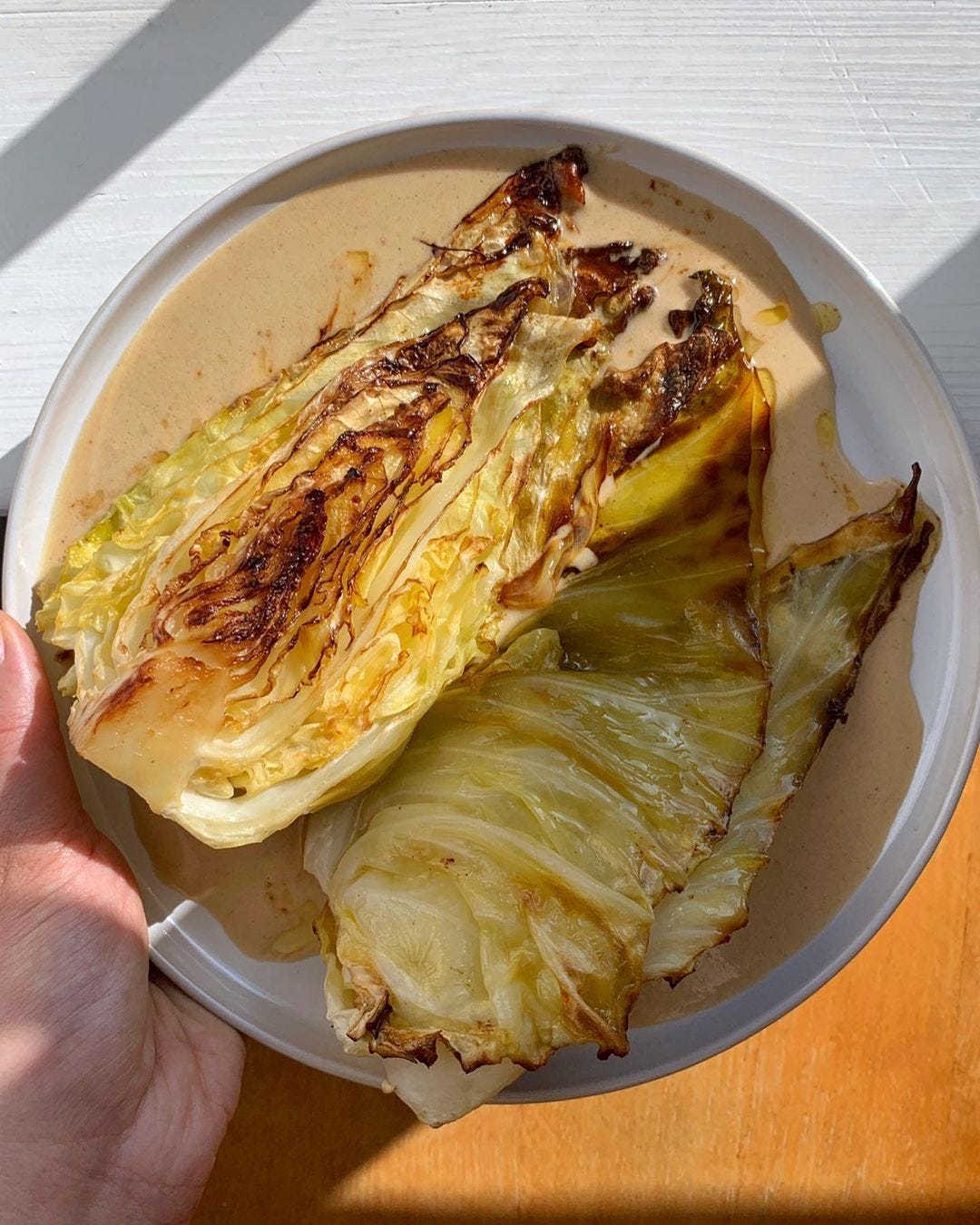
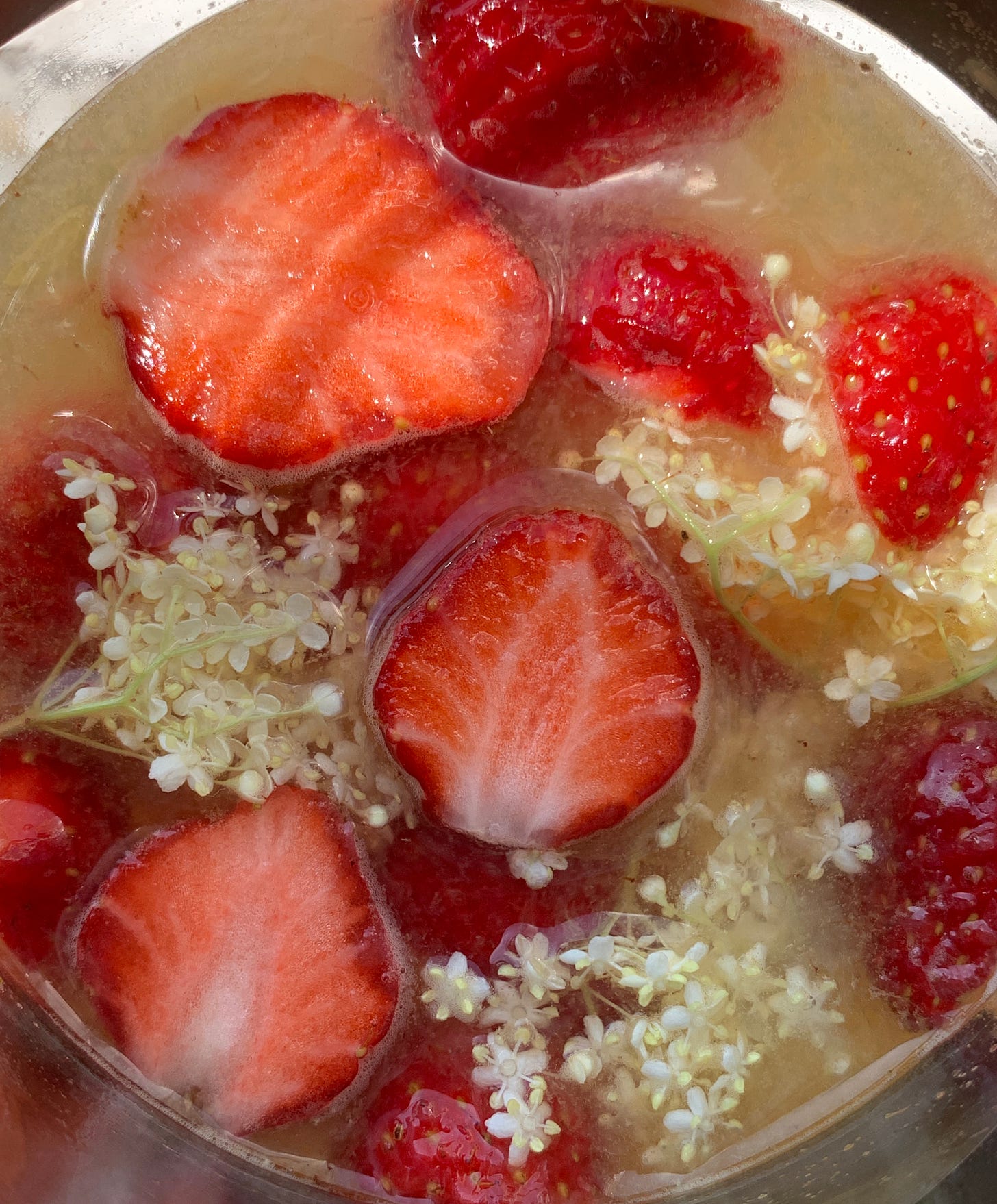


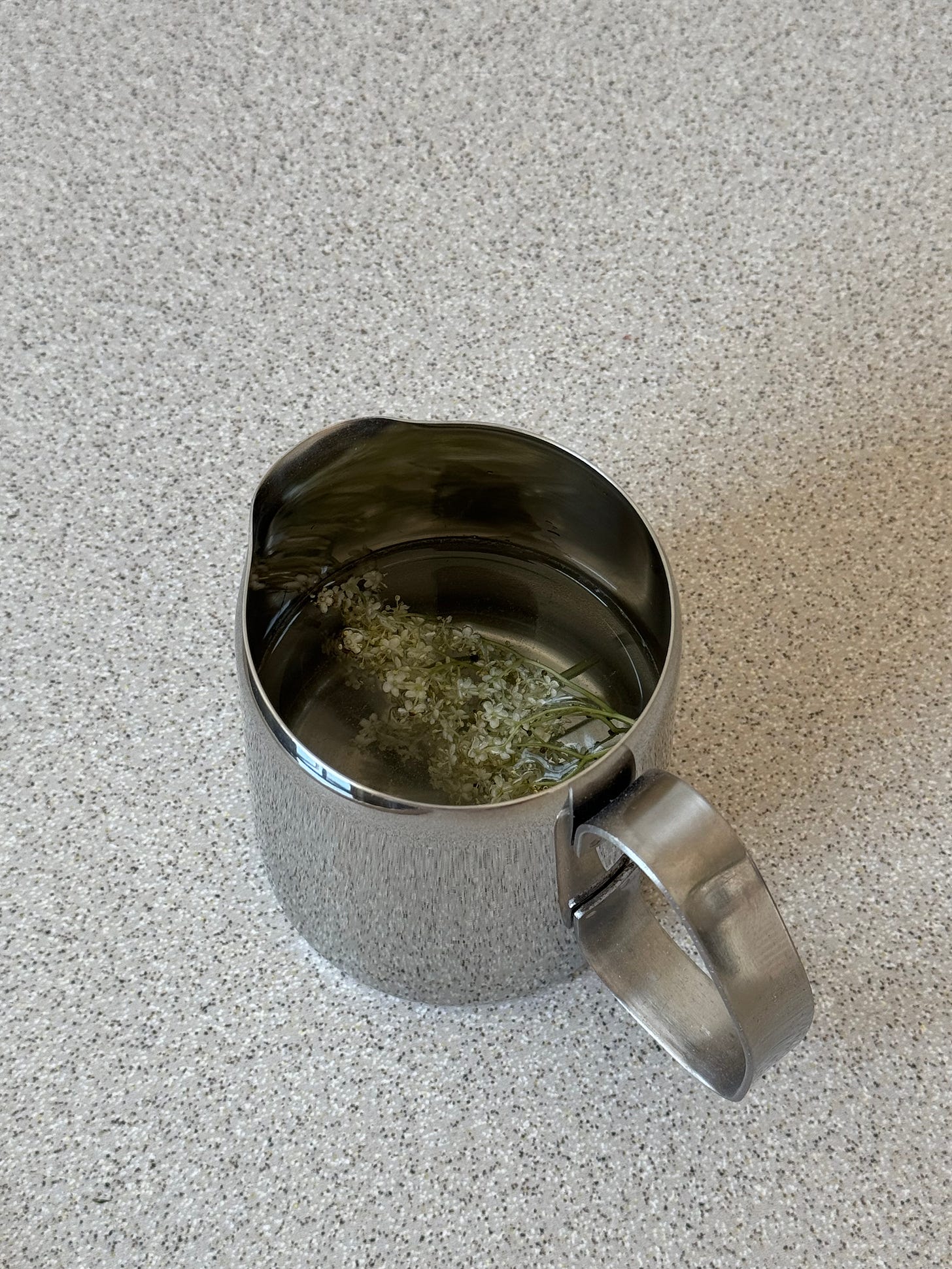
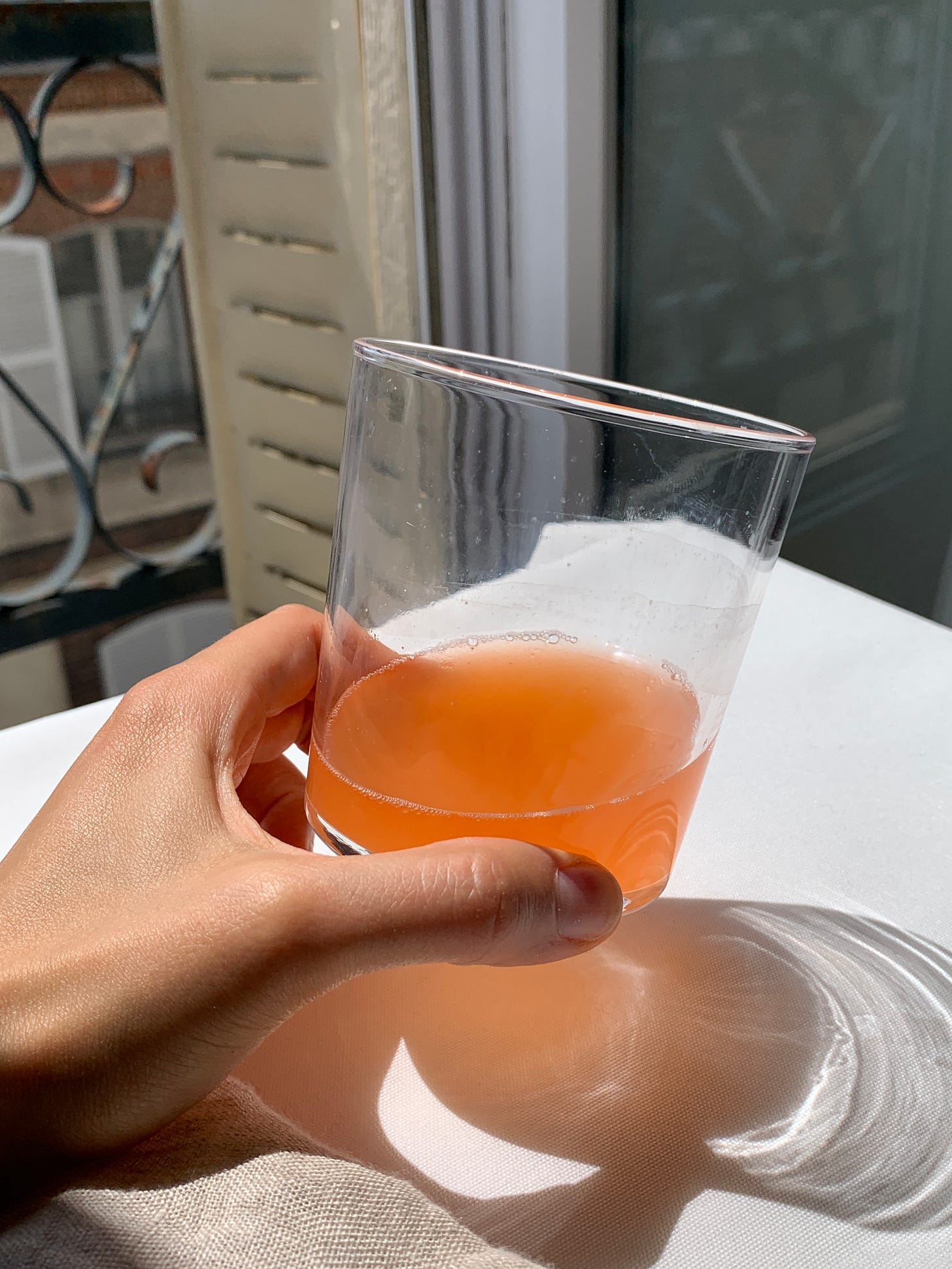



Love your newsletter!
Incredible reading. Thank you for sharing, and for the inspiration!